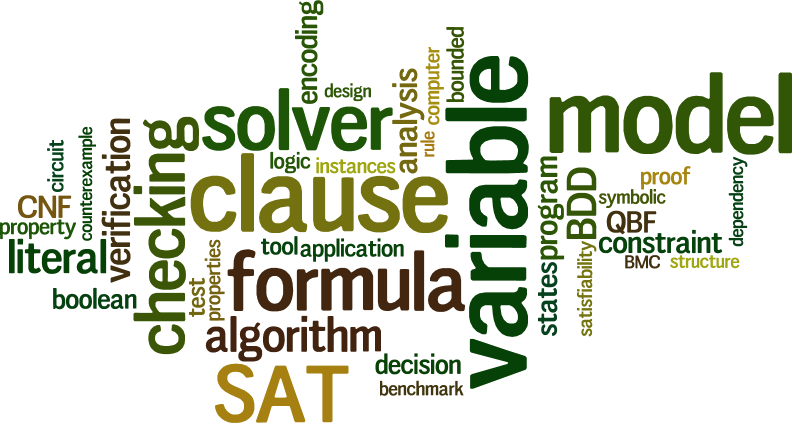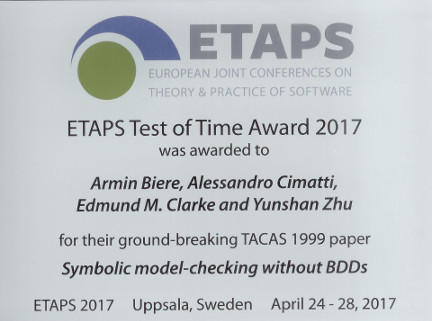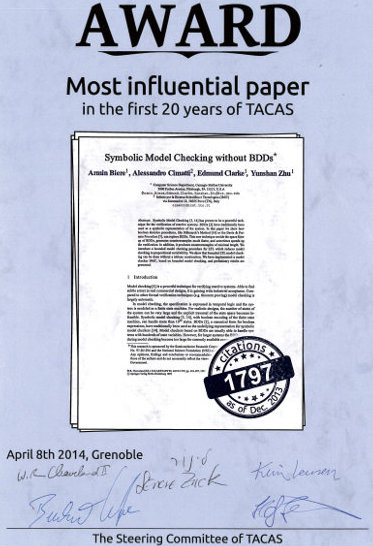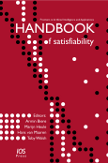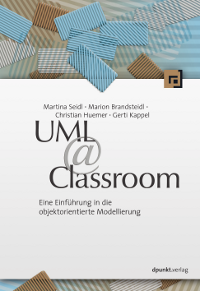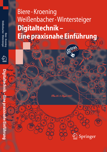team
contact
software
publications
teaching
jobs
[ pictures | videos | abstract | bio ]
Donald Knuth
May 21st, 2013
10:00 - 13:00, HS 1, Keplergebäude
Prof. Donald Knuth has been visiting JKU for a week in May 2013.
Pictures
We have collected some pictures.
These are from the public appearance on May 21 in 2013 at JKU, and from Donald Knuth playing the Anton Bruckner organ at the Stift St. Florian on May 24, 2013.
There is another set of pictures taken during a visit to the RISC institute.
Videos
Watch talk livestream on youtube (alternative recording: part I, part II, part III).
Watch question-answer livestream on youtube (alternative recording: part I, part II).
Abstract
On May 21st in 2013 there was a public appearance, open to everyone, which consisted of two parts.
The first part is an informal talk about "Experiences with SAT", while working on a section about SAT for Volume 4B of the The Art of Computer Programming.
In the second part with the title "All Questions Answered" Prof. Donald Knuth gave answers to more general (particularly non-SAT related) questions from the auditorium.
This event on May 21st took place in HS 1 (Keplergebäude) and started at 10:00 with the SAT talk, followed by the question and answer session from 11:30 to 12:30.
Bio
Donald Knuth, a Professor Emeritus of the Art of Computer Programming at Stanford University, is one of the most influential pioneers in computer science. He was awarded many prizes, including the Turing Award, the highest distinction in the field, considered as the Nobel Prize of computer science.
His multivolume work The Art of Computer Programming, which is still work in progress, is regarded as one of the seminal and most comprehensive compendiums in the area of computer programming. The first volume appeared in 1968.
As a researcher in computer science, he is regarded as the "father" of several subareas called the analysis of algorithms, LR(k) and LL(k) parsing, attribute grammars, empirical study of programming languages, and literate programming.
His best-known research in mathematics is represented by the Knuth-Bendix algorithm for word problems, the Robinson-Schensted-Knuth correspondence between matrices and tableaux, and an analysis of the big bang that occurs in the evolution of random graphs.
As a university professor he introduced a variety of new courses into the curriculum, notably Concrete Mathematics, and supervised 28 dissertations. And as a programmer, he wrote software systems called TeX and METAFONT that are used for the majority of today's mathematical publications and now have more than a million users worldwide.
He is said to still write several programs a week.

